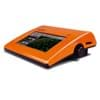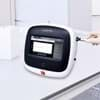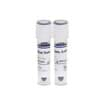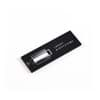
9 common manual cell counting problems and how to fix them
Your time spent at the lab is valuable.
You don't want to waste this precious time on the cell counting and viability control step and have poor quality control results in the end. If you want to fix errors posed by manual cell counting, keep reading to learn more.
Learn more about
In summary
- Why do cell counting in the first place?
- A drawback of manual counting using a hemocytometer.
- How does automated cell counting fixes the most common hurdles?
- Once you go digital, you won't go back.
What is cell counting?
Why do cell counting in the first place?
It is of fundamental importance to perform quality control by counting your cultured cells before proceeding with functionality studies. Like with cell transfection, you want to know the amount of cells in culture to calculate the reagent concentration to add to the culture. Or with CRISPR/Cas9 genome editing, just adding a random amount of CRISPR/Cas9 constructs will not lead to the preferred outcome.For protein production, cell morphology, microscopy, and other cell biology experiments, it is vital to understand the cell viability not to waste time on poor cell cultures. Let alone the money wasted on highly specialized techniques if you work in the blind.
It seems very simple and straightforward, but the traditional way of counting cells manually is error-prone, time-consuming, and highly subjective.

Recognizing the problem
A drawback of manual counting using a hemocytometer
It is like the term states it is a procedure entirely done by hand, and the observation of a particular researcher, who could be you at the moment. But after reading this, things might change for the better for you too.Unintentional results can be erroneous or unreliable because they are subjective. The standard microscope used to look through can't use specific algorithms to distinguish cluttered cells from single cells and debris from live or dead cells, nor do our eyes have this outstanding ability. This might prevent you from drawing the right conclusions.
Moreover, reproducibility and reliability in research are now more critical than ever. Relying on a consistent method that can help you either get your work published fast or bring your product to the market with ease will be within your reach when you switch to automated cell counting.
Why go digital
How does automated cell counting fixes the most common hurdles
- Delicate procedure of coverslip preparation
- Manual errors counting the cells
- Cell count variability
- Inconsistent live/dead cell counts
- Challenging differentiation between cells and debris
- No standardized protocol
- Lab journal recording and monitoring
- Impossible to apply in validation processes
- Time-consuming process
1. Delicate procedure of coverslip preparation
Let's look at the most used traditional manual cell counting, the
hemocytometer. First, you need to prepare a hemocytometer coverslip, either from plastic or glass, by rinsing it with alcohol. Still not
done, you have to affix it to the hemocytometer. A delicate procedure is susceptible to errors.
With automated cell counting, you
take a chip from the wrapper, load your cells in suspension onto it, and insert it into the automated cell counter slot.
2. Manual errors counting the cells
Relying on human vision and clicking on a clicker with the finger will result in
inconsistent counts. Why not leave it up to the automated cell counter, which uses a high-end detection camera and algorithm enabling
consistent and reliable results? Each time you count cells with the cell counter, the system will respond consistently.
3. Cell count variability
An automated cell counter can count a range of cell densities with high accuracy. When too
few or too dense cells cover the field of view, the count might not represent the stock solution.
Moreover, some cell counters like
the Luna Family
have excellent declustering options. You don't have to guess the number of clustered cells. The camera and software will do it for
you.
4. Inconsistent live/dead counts
As an example of manual cell viability calculation:
If the cell counts
for each of the 16 squares were 50, 40, 45, 52, the average cell count would be:
(50 + 40 + 45 +52) ÷ 4 = 46.75
46.75 x 10,000
(104) = 467,500
467,500 x 5 = 2,337,500 live cells/mL in original cell suspension
If both live and dead cells are
counted:
Live cell count: 2,337,500 cells/mL
Dead cell count: 50,000 cells/mL
2,337,500 + 50,000 = 2,387,500
cells
2,337,500 ÷2,387,500 = 97.9% viability
You can save the trouble and calculation errors using an automated cell
counter which uses a set algorithm. Why not skip this step and leave it up to the automated cell counter algorithm that can do it
errorless.
And another nice extra of using automated systems is using a safe stain option like erythrosin B.
5. Challenging differentiation between cells and debris
For example, the Luna cell counters can differentiate between
cells and debris with much more ease than the eye. The Luna-FL, which uses two
fluorescent color detection, is excellent for counting primary and stem cells, usually containing high amounts of debris.
6. No standardized protocol
One day you feel fit and energetic, the other day tiered or stressed. Or one day you count
and the next day a colleague. With cell counters like the Luna family, you can set up your protocols once for all
cell types and run them each time you count. The way of counting and analysis doesn't depend on a subjective method anymore if you leave
it up to a machine.
7. Lab journal recording and monitoring
Writing down numbers in your lab journal is something other than an
electronically derived report. With an electronically derived protocol, you have all the data needed. Everything is stored on your
computer and easily shred with or presented to your colleagues.
8. Impossible to apply in validation processes
Protein and drug
production, or other biotech applications, often use cell culture applications. A setting for cell counting that meets stringent
documentation is required, which manual cell counting can't meet. IQ/OQ documentation or 21 CFR Part 11 compliant software is available for most cell counters, making this the biotech's go-to method. Sometimes you want a cell counter for
the research part and move towards stringent software measures when ready. You can add the required 21 CFR Part 11 compliant software
later, so you don't have to spend all your budget at once.
9. Time-consuming process
Automated cell counting sounds as quick as it is. You prepare your slide, enter it in the
slot, select your cell counting protocol, and press count. Wait for a couple of seconds, and you get the results presented in a
document.

Our solutions
Our advice in prevention
There are plenty of advantages to using automated ell counting instead of manual. Once you get used to the ease of use, fast and reliable counting, you never want to go back to manual cell counting. You might think you have to pay a high price for this, but nothing is less true. The Luna family cell counters' entry model, Luna-III, is the most popular device with a plenitude of options and types of cells you can use.
Luna-III Automated Cell Counter
Luna-FL Automated Fluorescence Cell Counter
LUNA-FX7 Automated Cell Counter
Trypan Blue Stain 0.4% for use with Luna Automated Cell Counter, 2 x 1ml
LUNA Reusable Slide (New, 1 chamber)
Erythrosin B Stain for use with Luna Automated Cell Counter, 2 x 1ml
Our news
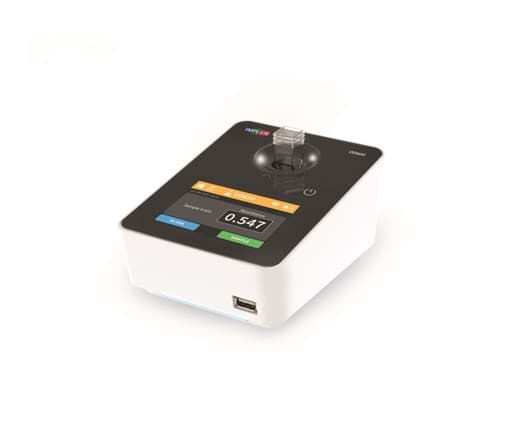
New Implen OD600 now available: Fast and accurate determi...
October 2024 - Implen launches the OD600 for accurate determination of cell density at 600 nm. Order it now at Westburg Life Sciences
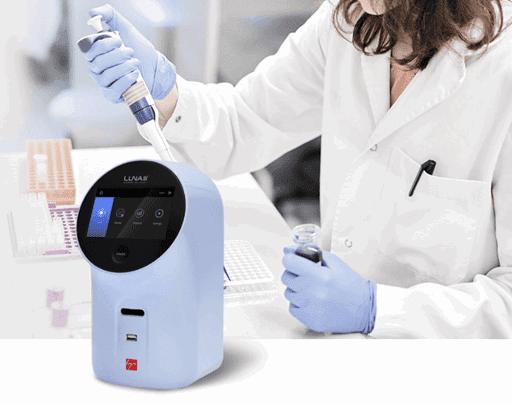
Introducing the New LUNA-III™ Automated Cell Counter: Ano...
October 2024 - Logos Biosystems launches the LUNA-III™ automated cell counter. Order it now at Westburg Life Sciences
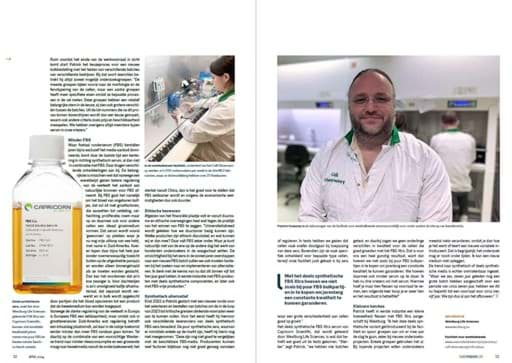
Leiden Cell Observatory switches to partly synthetic seru...
April 2024 - This has several advantages. Lab manager Patrick Voskamp shares his experience in this article



